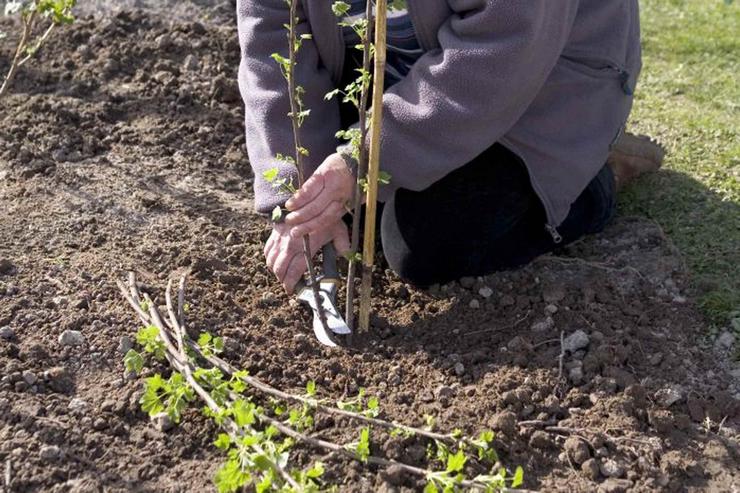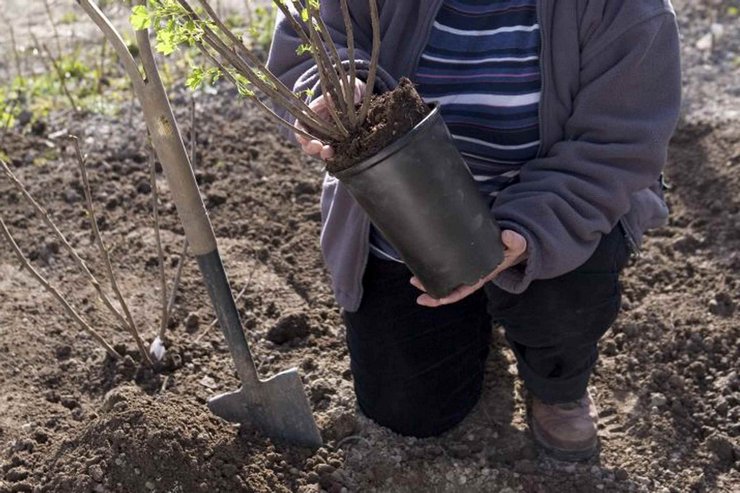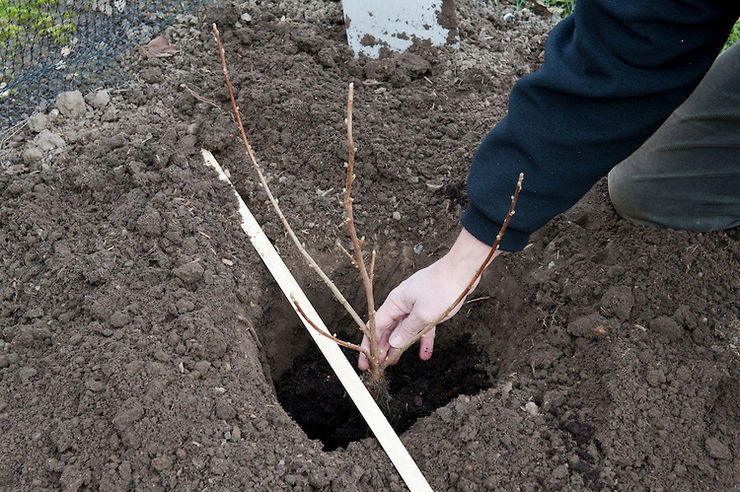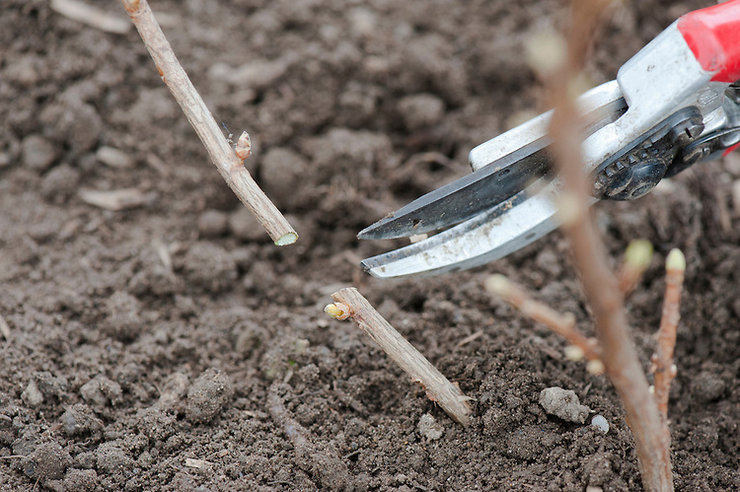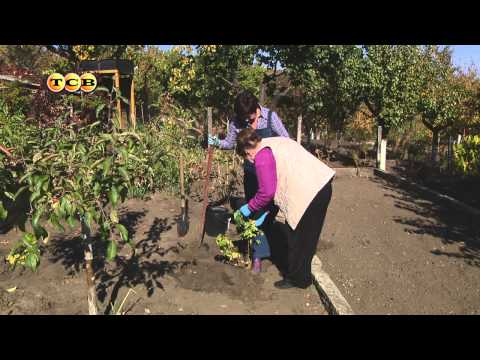Recently, many gardeners have advised planting black currants in the fall and consider this time more appropriate than in the spring. Those who decided to join this choice need to understand the reasons for such a planting, as well as find out the optimal timing and learn more about how the whole process of planting seedlings is going on..
Optimal planting time
There are compelling arguments against planting black currants in the spring season. In this berry culture, sap flow begins in early spring, when the ground near the bushes only has time to thaw. And it is recommended to transplant currants before the beginning of the growing season, and not when the buds are already beginning to open. “Active” plants will find it difficult to take root in a new place or even get sick, and fruiting can begin only after a couple of seasons. In addition, before planting, it takes a certain time to prepare the soil on the site, and there is very little of it..
In the fall, there is enough time to prepare a land plot and adapt seedlings before the onset of winter cold weather, because there are several weeks for this. The development of the root system of this berry shrub continues almost until the arrival of the first frost. During this period, you can choose a place suitable for planting, prepare it. The currant seedling will take root well during these weeks, calmly survive the winter, and in early spring will begin to actively grow and develop with the first rays of the sun.
In regions with a temperate climate, seedlings can be planted already at the end of August, but in the north-western regions with hot and dry summers, September and the first week of October will be a favorable month. After October 10, planting is not recommended, because young plants will not have time to take root before the arrival of severe cold weather..
How to choose a pick-up location
Black currants can grow on almost all types of soil, but the yield will differ significantly. It must be borne in mind that the culture is very fond of moisture, but without an overabundance. Wetlands are categorically contraindicated for it, and groundwater should be at least one meter from the earth’s surface. If the site is located in a lowland, then the seedlings are planted not in planting holes, but on small earthen mounds (about 20 cm high) right in small beds. The soil for the mounds must first be fed with fertilizers..
The purpose of currant bushes can be different – to create a hedge or for a bountiful harvest. The “fence” will grow well in penumbra areas, but good fruiting is possible only in a well-lit, sunny place for as long as possible during the day and without drafts. The optimal place for planting seedlings is an orchard or an area along the fence with an interval between plantings and a fence of about 1 m.
How to prepare the soil
Preparation should begin in August. First, the selected land area is cleared of the remnants of plantings of predecessors, stones and large debris, from weeds, and then fertilized with the necessary fertilizing. You can take one of the proposed options (per square meter):
- 1 tablespoon potassium sulfate
- 2 tablespoons of superphosphate;
- About 5 kg of compost or humus.
To keep the surface of the site flat, you can use additional soil to level the depressions. Then the whole area needs to be dug up.
The depth of the planting hole for the seedling should not be deep, since the roots of the berry crop are close to the surface. Only 30-40 cm in depth and about 50 cm in diameter will be enough. The distance between the seedlings is at the discretion of the gardener. You can plant young bushes in one row close to each other, or you can individually. Pour a mixture of one bucket of humus and one glass of wood ash into each prepared hole..
In areas with heavy soil, the planting pits are made about 10 cm deeper and wider in order to fill them with a high-quality soil mixture. It contains peat, some river sand and organic fertilizers. One planting will require approximately 3 buckets of mixture.
How to choose seedlings
The yield of black currant in the future depends on high-quality planting material. In order for the seedlings to take root well and quickly in a new place, you need to choose specimens with a sufficiently developed root part. A full-fledged seedling has 3 or more skeletal roots about 20 cm long, many small root processes, at least two shoots about 40 cm long. Favorable age of seedlings is 2 years.
Basic rules for planting currant seedlings
Autumn and spring plantings are very similar to each other. The first thing to do right before planting seedlings is to cut off completely weak branches and partially the rest. Each shoot should have at least 3-4 buds. The roots are cut to 20 cm.On light, well-drained soils, the seedlings are deepened 5-6 cm deeper than in other areas.
The angle of inclination during planting is of great importance for the formation of the splendor of the shrub. Vertical planting will leave the seedling with a regular single twig for a long time. But the inclined deepening of a young bush will contribute to the rapid growth of numerous lateral shoots.
After planting, the soil near each blackcurrant seedling is covered with a layer of mulch, which will provide the plants with constant moderate moisture and keep the soil warm in the autumn-winter period. Peat, humus and various organic waste are suitable for this layer. It is not recommended to apply nitrogen-containing fertilizers in the fall..

